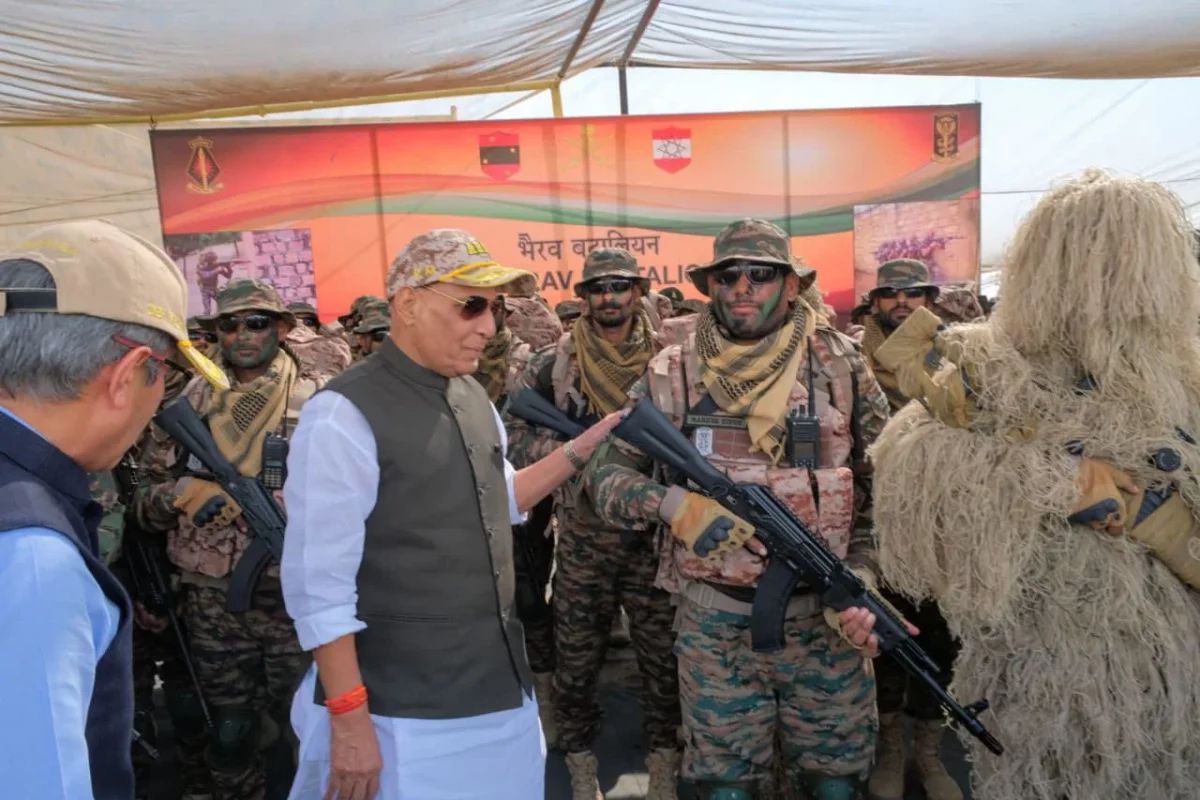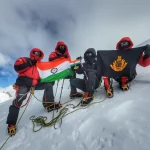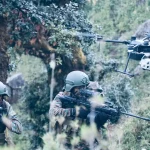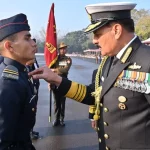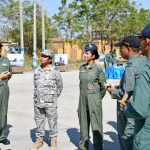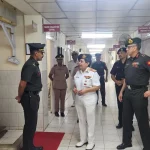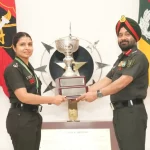In a move that underscores India’s ramped-up border security posture, the Indian Army has released the first-ever official photographs of its newly formed Bhairav Light Commando Battalions, showcasing the elite commandos in high-altitude training maneuvers along the Line of Actual Control (LAC) and Line of Control (LoC). The images, shared via the Army’s official channels, depict the commandos in razor-sharp focus, clad in advanced camouflage gear and wielding cutting-edge weaponry, signaling a new era of “lean, mean” special operations capabilities.
The Bhairav Battalions, named after the fierce manifestation of Lord Shiva, were announced by Chief of Army Staff General Upendra Dwivedi on July 26, 2025, during the 26th Kargil Vijay Diwas commemorations in Dras, Ladakh. Described by Gen Dwivedi as a “highly lethal special force” designed to “deliver surprise and shock to adversaries at the border,” these units represent a pivotal shift in the Army’s modernization drive. Each battalion comprises just 200–250 personnel—far leaner than traditional 800-strong infantry units—but packs a disproportionate punch through integrated multi-domain expertise drawn from infantry, signals, artillery, and air defence regiments.
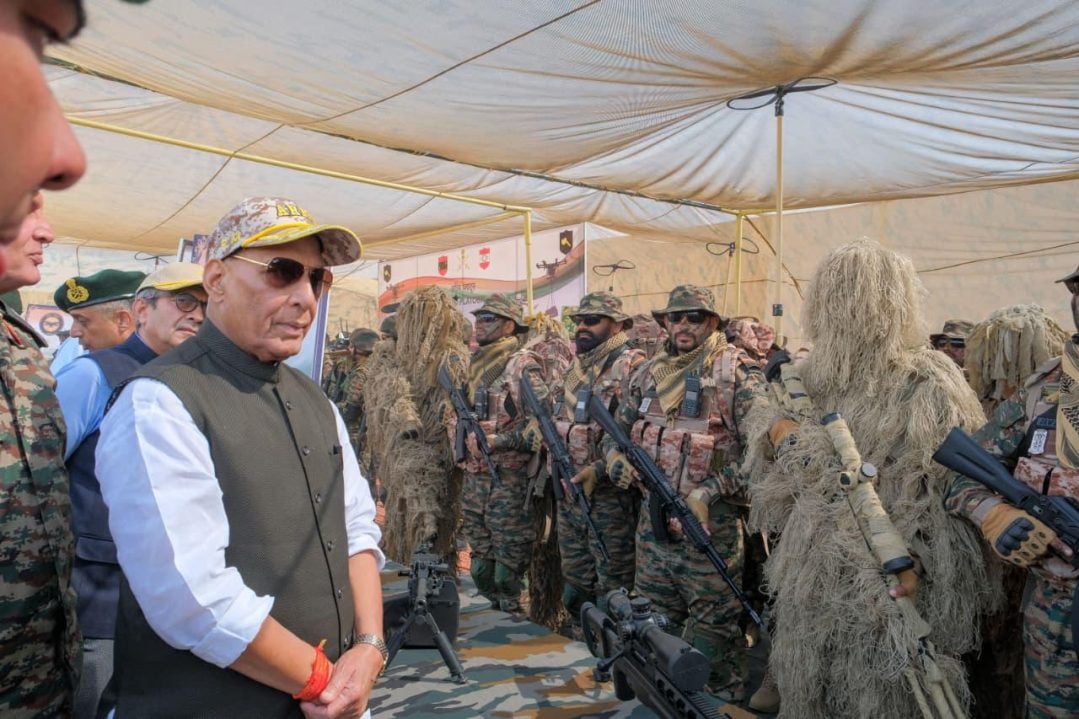
The debut photos, captured during live-fire exercises in rugged Himalayan terrain, reveal commandos executing precision drone-assisted strikes, night infiltration drills, and rapid heliborne insertions. One striking image shows a squad of Bhairav operators navigating sheer cliffs under drone overwatch, their faces blackened for stealth and NVG (night-vision goggles) mounted on tactical helmets. Another captures a fireteam launching loitering munitions from elevated positions, highlighting the unit’s emphasis on technology-enabled autonomy. These visuals not only humanize the faceless warriors but also serve as a stark message to potential foes amid escalating tensions with China and Pakistan.”
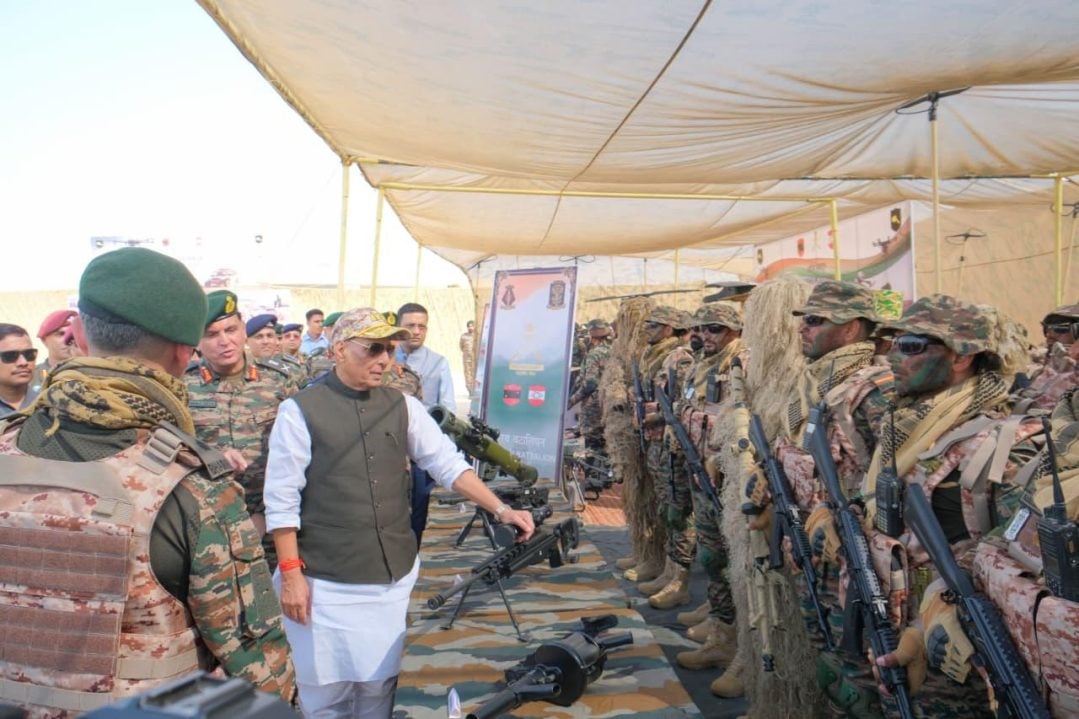
So far, five Bhairav battalions have been raised, trained, and deployed in independent areas of operation,” confirmed Lieutenant General Ajay Kumar, Director General (Infantry), in a recent briefing. These initial units went operational from October 1, with full battle readiness slated by month’s end. Training regimens, spanning 2–3 months at regimental centers followed by attachments with elite Para-SF units, equip the commandos for deep strikes, unconventional warfare, and high-impact tactical ops in mountainous and contested environments. The Army’s long-term vision? A network of 23 such battalions by 2030, all restructured from existing formations under a cost-efficient “save and raise” model—no new troop influx required.
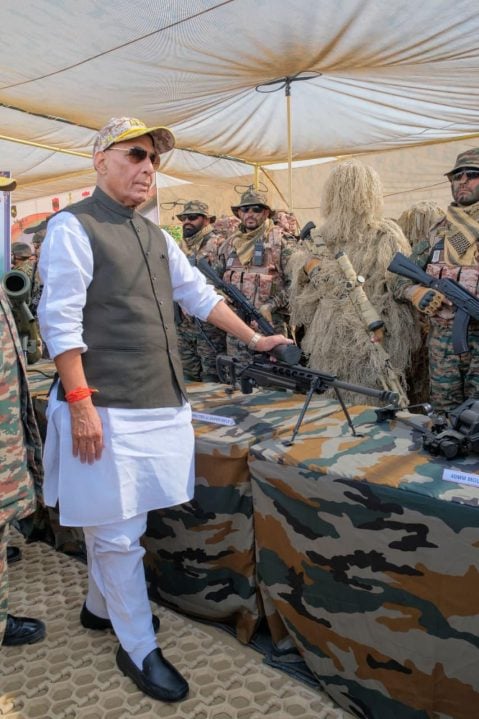
This unveiling coincides with broader reforms, including the rollout of ‘Ashni’ drone platoons across all 385 infantry battalions and the formation of ‘Rudra’ all-arms brigades for integrated mechanized warfare. “The Bhairav model reflects our effort to create rapid response, multi-domain combat units that can deliver quick results without the logistical footprint of a full battalion group,” Lt Gen Kumar elaborated, emphasizing their role in “speed, stealth, and autonomy” for border hotspots.
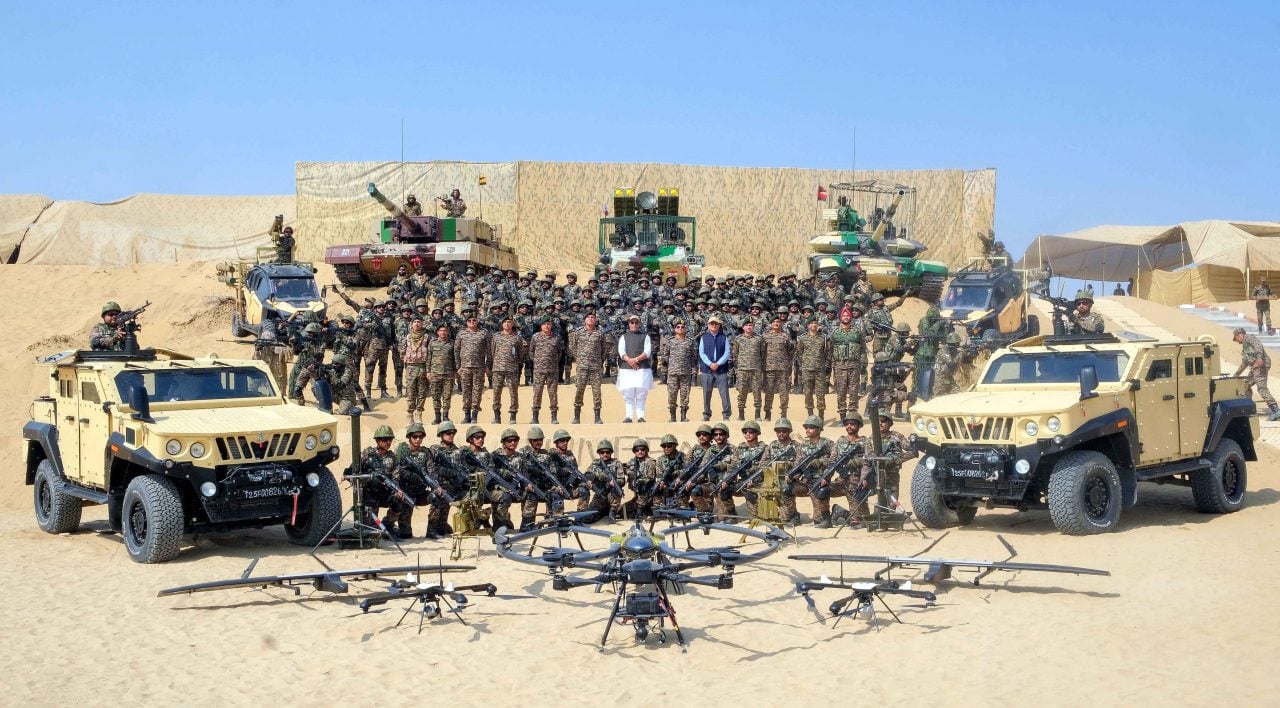
Military analysts hail the Bhairav initiative as a game-changer in India’s two-front threat calculus, blending Special Forces agility with infantry endurance. “These aren’t just soldiers; they’re a force multiplier for 21st-century battles,” noted retired Lt Gen Prakash Katoch, a counter-insurgency veteran. As the photos circulate widely on social media, they evoke a mix of national pride and quiet resolve—reminders that behind the pixels lie guardians forged in the fires of Kargil’s legacy.
The Indian Army has promised more updates as additional battalions come online, but for now, these first pictures stand as a visual testament to a bolder, battle-hardened frontier force. In an age of hybrid threats, Bhairav isn’t just a name—it’s a warning.

